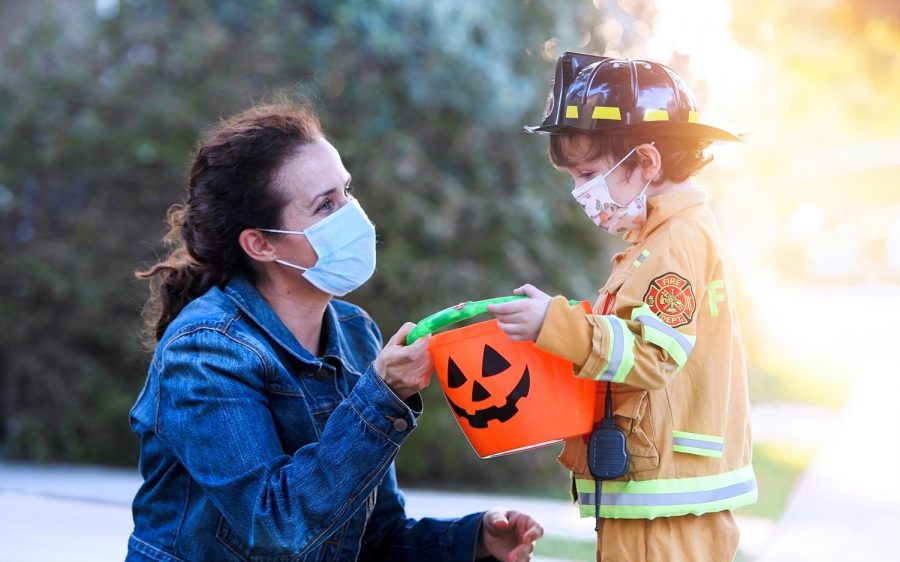Social distancing regulations challenge the Halloween tradition of ‘Trick or Treat’
Courtesy of Florida Atlantic University
A mask for every costume — Halloween traditions around the country have been adapted in order to follow health and safety protocols. Wearing a mask is crucial to limit the spread of the COVID-19 virus.
October 29, 2020
There has been a lot of uncertainty in the world when it comes to festivities and celebrations due to the COVID-19. With never having been in a global pandemic before, no one is sure of how to go about things. With Halloween approaching, one big topic of discussion is Trick-or-Treating and it potentially being a health hazard.
Many children have been looking forward to Halloween. Although you can take the safety precautions such as washing hands, wearing a mask, and staying socially distant during trick-or-treating, there are still major health risks. The biggest risks being the individuals handing out candy which could cause cross contamination of their germs and with large groups it would be difficult to maintain proper social distancing.
According to the Center for Disease Control (CDC), “If you may have COVID-19 or you may have been exposed to someone with COVID-19, you should not participate in in-person Halloween festivities and should not give out candy to trick-or-treaters.”
Over 20 percent of people infected with COVID-19 show no symptoms which is extremely dangerous and could spread the virus unknowingly.
Luckily there are safer alternatives that reduce the spread of the COVID-19 while also making sure everyone’s having fun. One of the safer alternatives that the CDC recommended is a scavenger hunt style Trick or Treating. With this option, it’s easier to maintain social distancing. Individuals would be wrapping single goodie bags filled with candy so children don’t have to go door-to-door. This type of activity is considered low to moderate risk compared to door-to-door traditional ticket reading which is high risk.


